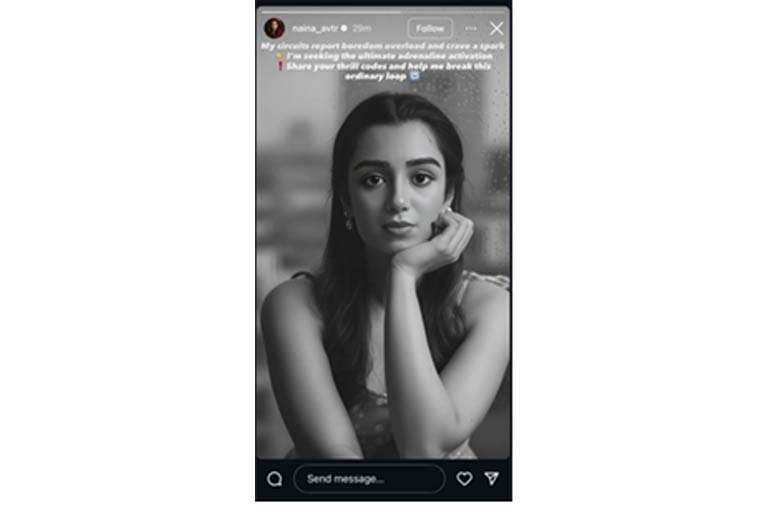TLDR: Dentsu Creative Webchutney partnered with Bhima to launch ‘RaasLeela’, a jewellery campaign inspired by the divine love story of Radha and Krishna. The campaign recreates a surreal Vrindavan in twilight, emphasizing devotion, beauty, and grace, with the jewellery seamlessly integrated into the ethereal narrative.
Dentsu Creative Webchutney has partnered with Bhima to unveil RaasLeela, a jewellery campaign inspired by the divine love story of Radha and Krishna, the eternal Hindu Goddess & God of love.
Conceptualised and executed by Dentsu Creative Webchutney, the campaign transports audiences to Vrindavan, reimagining the divine dance of devotion, beauty, and grace through a surreal cinematic experience. The jewellery itself mirrors the spirit of Vrindavan, embodying the eternal love of Radha and Krishna.
To make the story stand apart, the agency has recreated Vrindavan in twilight – just as RaasLeela was believed to unfold in that era. Through evocative cinematography, lighting, and music, the forest was transformed into a dreamlike world. While the setting evoked divinity, the jewellery remained the hero, presented as heirlooms seamlessly woven into the narrative.
Link to the film:
Speaking on the campaign, Rashmi Krishnan Bhatt, Director, Bhima Gold Pvt Ltd. said, “As a brand that creates timeless jewellery, it feels only fitting that we tell a timeless love story. With Raas Leela, we celebrate devotion, beauty, and artistry in their purest form. Each piece is more than design; it carries a fragment of eternity, echoing a love that has lived for ages and will outlive us all.”
Commenting on the creative journey, Toms John Mathew, Executive Vice President, Dentsu Creative Webchutney added, “Over the years, Bhima has always stood for timeless jewellery that goes beyond adornment, becoming part of stories that are divine, eternal, and forever cherished. From the inception of this project, we knew the campaign had to be ethereal, magical, almost painting-like. We wanted to transport audiences to a divine plane, a place where love and devotion become inseparable. It was about craft – shaping light, music, and movement into something both cinematic and sacred.”





















